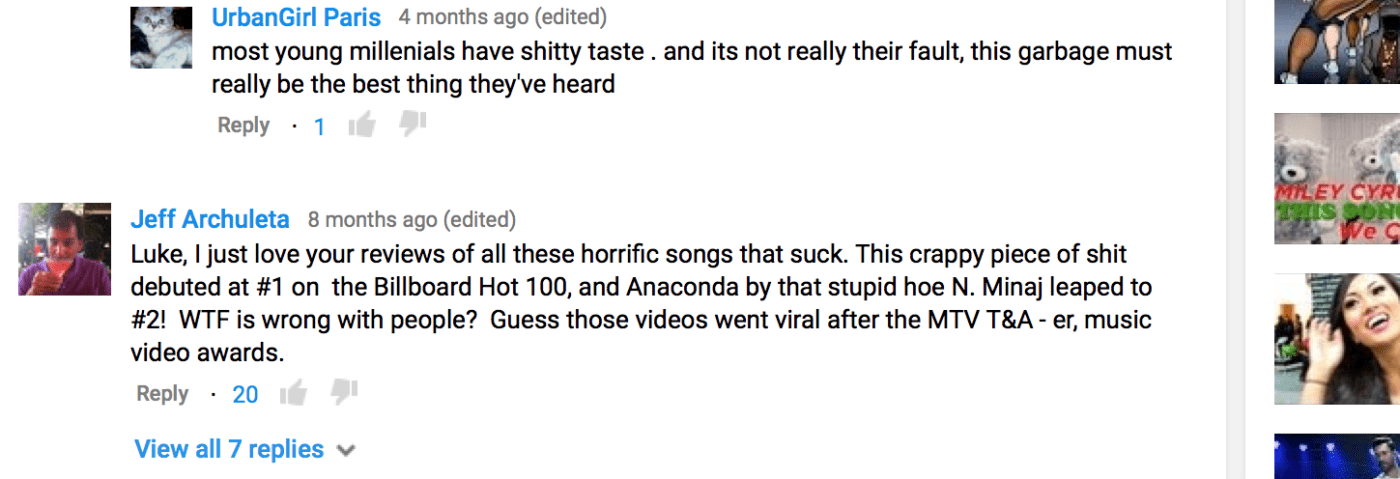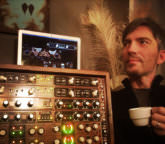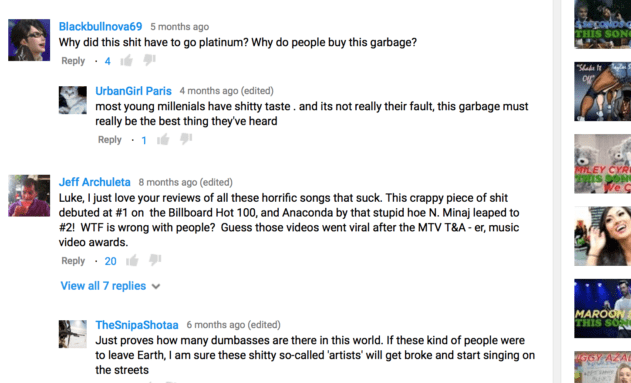Mix brash, mix cheesy, mix bold or mix beautiful… mix however you like, but don’t mix ignorable, writes Gregory Scott.
When you sit down to begin mixing a track, what exactly are you doing?
Have you thought about that in any kind of concrete, quantifiable fashion that you can articulate to someone who doesn’t know an EQ from an XLR?
My grandmother used to say: “If you can’t explain what you do in one sentence, using plain English, you don’t understand it yourself.”
So… can you do that?
Can you explain your job as a producer or mix engineer to your grandmother in one sentence, using plain English, and make her understand it? If not, how might that affect everything you’re doing?
In other words, if you aren’t crystal clear on what you’re doing or why, how can you know when you’ve done what needs to be done? If there are no clearly identified goals or objectives, how do you even assess whether you’ve finished the work, let alone how well it turned out?
In a craft like audio engineering, where so much of what we do is highly detailed, and deceptively technical in nature, it’s easy to lose sight of the bigger picture – the one that doesn’t care about any of that. Indeed, it’s common for newer engineers to be unaware there’s a bigger picture at all. But I would argue that there most definitely is a bigger picture – or rather, that having a clear sense of the bigger picture can powerfully transform your mixes and your art.
Crafting mixes that ‘pop’
While everyone’s journey is unique and personal, I’ve noticed that in all of my conversations with people who are masters of crafting mixes that ‘pop’ out of the speakers – productions which have those mysterious and elusive qualities that serve to elevate them well above the run-of-the-mill – for people who can mix on that level, the entire point of the exercise boils down to something like this: to sculpt and blend the sounds in a song with such drama, flair and finesse that the result creates a visceral, gripping, emotionally charged experience in the minds and bodies of the listener.
To be clear, that emotional charge can have any texture or flavour. There are no restrictions on what the particular emotions need to be. They just need to be. All that matters is that the listener be made to feel something.
All that matters is that the listener be made to feel something
The audience may love the sounds coming at them. They may feel chills in waves and spill streams of tears. They may dance like a maniac and sing as loud as they can. Or they might hate everything about the song and its mix, feeling disgust or envy or even anger over the mere idea that something so cheesy, or insipid, or <insert derisive adjective here> could get made, played, downloaded 120 million times and adored by so many people worldwide.
But love or hate it, they will listen to it, and they will feel something deep, powerful and not under their control, because the mix effectively delivers something irresistible from inside the heart of the song straight to the heart of the listener.
Hate is good too
Making artistic choices you hope people will love is something most of us can relate to, but making choices you suspect many will hate is counterintuitive. Why would you intentionally do something that will rub people the wrong way?
The answer is this: for every person that hates something with all their might, there will likely be at least one person, and probably more, who loves it just as powerfully. The more that people hate on something, the more people will rush to its defense, stand loyally by its side and advocate its inherent goodness.
What I’m suggesting is this: be open to the possibility that you want people to hate what you’ve done, because it’s a clear indicator that you’ve created something powerful and a sure sign that you’re magnetising fans and followers as well.
The truth is, the more divisive an artist or song, the more impact it tends to have.
the more divisive an artist or song, the more impact it tends to have
That’s not just my view. It’s one the trendsetters have shared and exploited for decades. Old-fashioned terrestrial radio programmers have long known that they don’t want ‘good’ songs – they want ‘sticky’ songs. Sticky is the term used to describe any song that keeps the listener glued to transmission, preventing them from grabbing the dial and changing the station. Someone who tunes out won’t be around to hear the advertising break, which risks the future of the station.
What those radio programmers learned early on – much to their astonishment – was that many of the ‘stickiest’ songs were those that stirred as much passionate, unrepentant hatred as they did unbridled love.
As it turns out, there’s a point where a listener’s dislike for a song is so strong they are unable to turn the music off. Instead they compulsively listen while hating on it, criticising it, enduring a burning pit in their stomach from the first beat to the last note. Not just that, but long after it’s finished, they talk about it. Their hatred is so deep that they end up spreading awareness of it.
In the world of radio, sticky is good, end of analysis.
Think about that the next time you hear a song whose popularity baffles you, when you’re tempted to ask why it’s getting so much hype. It may have nothing to do with the fact that people love it; it may be the polar opposite.
Can you feel it?
Of course, just because those large, exclusively profit-driven corporations don’t care whether a song has artistic merit, a killer hook or timeless appeal doesn’t mean you shouldn’t either.
I’m not here to impose an agenda. I’m only here to point out that the real power in a piece of music lies in its ability to stir the feelings – any feelings – of the listener. In the world of art, emotional responses are not measured by their positivity, but by their raw intensity.
If arousing the passions of a slightly jaded world sounds like an enormous task, that’s because it is. In order to craft a mix which plays on that level, you have to build and then traverse a labyrinth – one that starts in the logical and rational parts of your brain, follows a circuitous and often maddeningly obtuse path filled with seemingly random twists and turns, and ultimately lands squarely and deeply in those chambers of the mind that are capable of surging with pleasure, aching from the beauty of it all, and craving more and more of the same… or wishing more than anything never to experience anything like it again.
If arousing the passions of a slightly jaded world sounds like an enormous task, that's because it is
I respectfully submit that that, above all else, is your job as a mixer: to make people feel something. And if you listen to the masters, their advice is fairly uniform: make bold choices, go too far, risk ridicule and failure. Safety, in this endeavor, is actually the least safe route to take – the surest path to mediocrity.
To quote again that grandmother of mine: “It’s better to be praised than punished, but it’s better to be punished than ignored.”
The same is true of any art you help to create: make it bold, make it beautiful, make it brash, make it grating… just don’t make it ignorable. Anything but that.
Gregory Scott is an engineer, producer and the owner of Kush Audio.



04.54 PM
You sir have a way with words. I wonder if Kush gear is as musical as the tone of your writing … I may need to try your products.
08.57 PM
Amazing !
09.06 AM
Great words, but this article needs sharper editing “Making artistic choices you hope people will love is something most of can relate to”
07.11 PM
Thanks Goffen. Sorted.